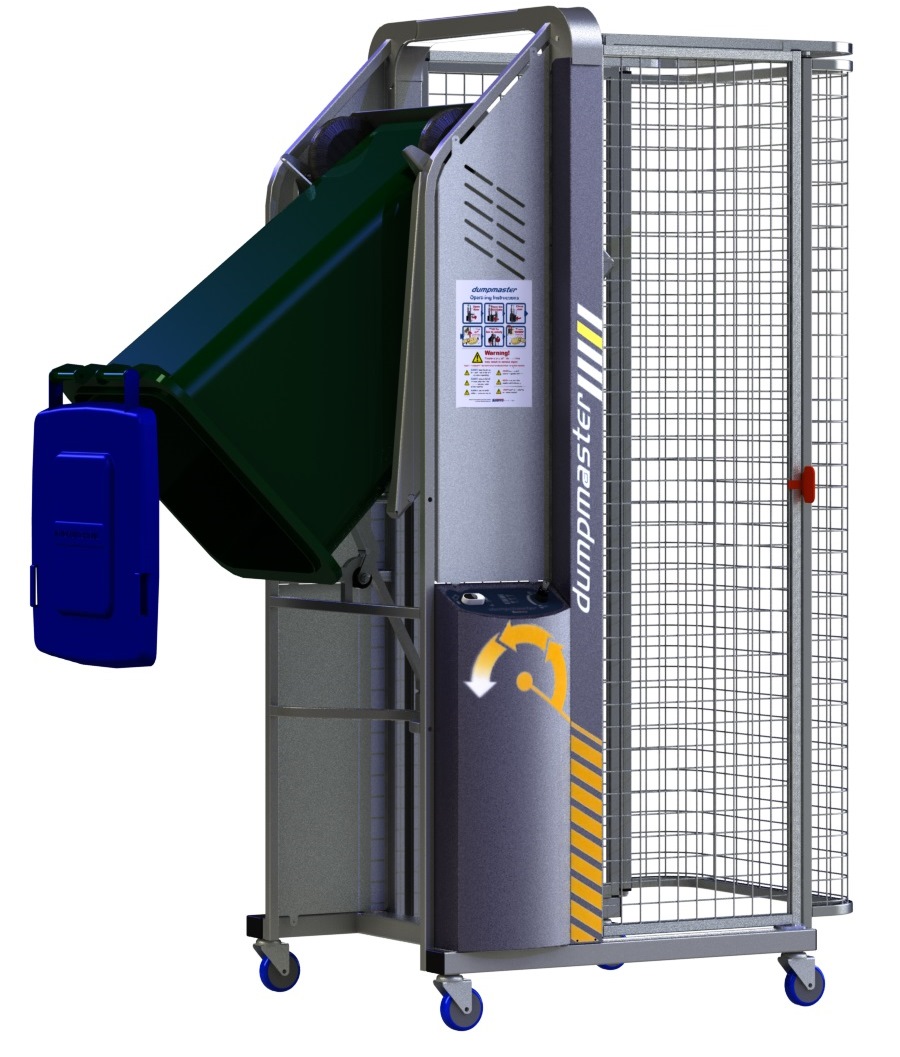We use cookies to make your experience better. To comply with the new e-Privacy directive, we need to ask for your consent to set the cookies. Learn more.
University Food Waste Challenges: Sustainability and Workplace Safety
Studying can be hungry work. When college students load up trays at the campus dining hall, though, they often overestimate their appetites. That’s why lots of uneaten food ends up in the garbage at dining halls across the U.S.
Every year, the average college student creates 142 pounds of food waste, reports NPR. That adds up to 22 million pounds of wasted food every year, most of which is destined for a landfill.

College students themselves are leading efforts to reverse this trend. Ben Simon, 26, started the Food Recovery Network (FRN) when he was an undergraduate at the University of Maryland. Student volunteers for FRN salvage as much edible but uneaten food as they can from university dining halls. Then they safely package it and pass it on to organizations that feed the hungry in their very own communities.
From its beginning at the University of Maryland, FRN has spread to 190 other schools, and it's hardly the only group working toward sustainability in campus dining. But sustainability isn't the only social issue related to food waste in on-campus eateries.
There are also serious safety concerns for workers in campus kitchens. In order to run effective, safe, and responsible nutrition programs in university settings, administrators must address both sustainability and staff safety at once.
Ergonomics for Campus Food Services Staff
University cooks prepare food for thousands of diners per day. They process hundreds of pounds of vegetables every week. They make salad dressing in 30-gallon batches. Each of these tasks involves considerable ergonomic risk, including lifting heavy loads, reaching, bending, and twisting.
Taking out the trash is even worse, ergonomically speaking. Trash cans full of food waste easily exceed safe lifting limits, and, given the volume of trash still generated in campus dining halls, most colleges empty multiple bins multiple times per day. That boosts the danger: risk of musculoskeletal injury increases with repetitive lifting tasks, reports the National Institute for Occupational Safety and Health (NIOSH).
Unlike the sustainability side of dining hall food waste, student groups haven't focused on ergonomic hazards in the campus kitchens. Luckily, though, as with so many ergonomic issues, there's a technological solution.
Trash Can Dumpers for University Food Service Programs
Rather than submit workers to the considerable ergonomic risks of emptying trash cans full of food waste, provide a Bin Dumper from Solus Group to mechanize the process.
Bin Dumpers empty even the heaviest trash cans with the press of a button — or, for the EZI-MT Manual model, the turn of an easy-to-crank winch.
Unlike competing technologies, Simpro Bin Dumpers maintain perfect stability by keeping the weight of trash cans stable throughout the dumping process. A lift-and-tip motion keeps a rock-solid center of gravity as the device empties dining hall waste.
Even better, Bin Dumpers are compatible with hoppers, dumpsters, and other containers of virtually any height. They’re ideal for campus composting projects, too, where they contribute to sustainability and safety simultaneously. With Bin Dumpers from Solus Group, ergonomic excellence can contribute to a healthy, sustainable, and prosperous campus dining program that will make students proud.
References:
“Ergonomic Guidelines for Manual Material Handling.” CDC. National Institute of Occupational Safety and Health, Centers for Disease Control, 2007. PDF. 27 Sept. 2016.
“Food Recovery Network.” FoodRecoveryNetwork. Food Recovery Network, n.d. Web. 27 Sept. 2016.
Lloyd-Thomas, Mathew and Larry Milstein. “Safety concerns emerge in dining dispute.” YaleDailyNews. Yale Daily News, 23 Sept. 2014. Web. 27 Sept. 2016.
Poon, Linda. “When Food Is Too Good To Waste, College Kids Pick Up The Scraps.” NPR. National Public Radio, 27 Feb. 2015. Web. 27 Sept. 2016.
